Pulp magazines were inexpensive fiction magazines that were published from 1896 to the late 1950s. The term "pulp" derives from the cheap wood pulp paper on which the magazines were printed. In contrast, magazines printed on higher-quality paper were called "glossies" or "slicks". The typical pulp magazine had 128 pages; it was 7 inches (18 cm) wide by 10 inches (25 cm) high, and 0.5 inches (1.3 cm) thick, with ragged, untrimmed edges. Pulps were the successors to the penny dreadfuls, dime novels, and short-fiction magazines of the 19th century.
A pen name, also called a nom de plume or a literary double, is a pseudonym adopted by an author and printed on the title page or by-line of their works in place of their real name.
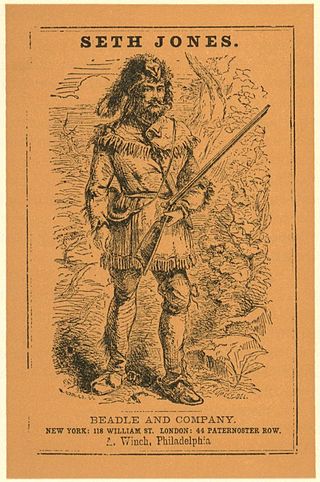
The dime novel is a form of late 19th-century and early 20th-century U.S. popular fiction issued in series of inexpensive paperbound editions. The term dime novel has been used as a catchall term for several different but related forms, referring to story papers, five- and ten-cent weeklies, "thick book" reprints, and sometimes early pulp magazines. The term was used as a title as late as 1940, in the short-lived pulp magazine Western Dime Novels. In the modern age, the term dime novel has been used to refer to quickly written, lurid potboilers, usually as a pejorative to describe a sensationalized but superficial literary work.
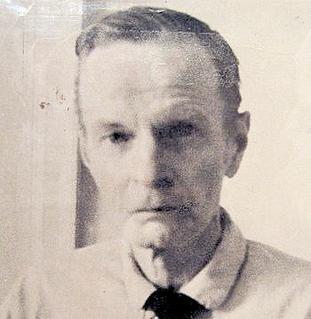
Cornell George Hopley Woolrich was an American novelist and short story writer. He sometimes used the pseudonyms William Irish and George Hopley.

Trilby is a novel by George du Maurier and one of the most popular novels of its time. Published serially in Harper's Monthly from January to August 1894, it was published in book form on 8 September 1895 and sold 200,000 copies in the United States alone. Trilby is set in the 1850s in an idyllic bohemian Paris. Though Trilby features the stories of two English artists and a Scottish artist, one of the most memorable characters is Svengali, a rogue, masterful musician and hypnotist.

James Oliver Curwood was an American action-adventure writer and conservationist. His books were often based on adventures set in the Hudson Bay area, the Yukon or Alaska and ranked among the top-ten best sellers in the United States in the early and mid 1920s, according to Publishers Weekly. At least one hundred and eighty motion pictures have been based on or directly inspired by his novels and short stories; one was produced in three versions from 1919 to 1953. At the time of his death, Curwood was the highest paid author in the world.
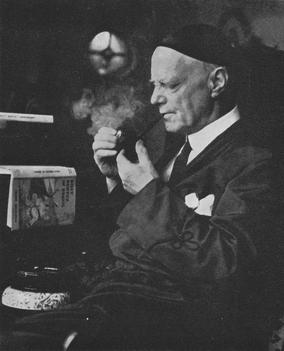
Charles Harold St. John Hamilton was an English writer, specialising in writing long-running series of stories for weekly magazines about recurrent casts of characters, his most frequent and famous genre being boys' public school stories, though he also wrote in other genres. He used a variety of pen-names, generally using a different name for each set of characters he wrote about, the most famous being Frank Richards for the Greyfriars School stories featuring Billy Bunter. Other important pen-names included Martin Clifford, Owen Conquest and Ralph Redway. He also wrote hundreds of stories under his real name such as the Ken King stories for The Modern Boy.

Clarence Matthew Baker was an American comic book artist and illustrator, best known for drawing early comics heroines such as the costumed crimefighter Phantom Lady, and romance comics. Active in the 1940s and 1950s Golden Age of comic books, he is one of the first known African-American artists to find success in the comic-book industry. He also penciled St. John Publications' digest-sized "picture novel" It Rhymes with Lust (1950), the first graphic novel despite that term not having been coined at the time.
Francis Steegmuller was an American biographer, translator and fiction writer, who was known chiefly as a Flaubert scholar.
Ralph T. Adimari (1902–1970) was an editor, researcher, and historian of the dime novel.

Edward Sylvester Ellis was an American author.

Busman's Honeymoon is a 1940 British detective film directed by Arthur B. Woods. An adaptation of the 1937 Lord Peter Wimsey novel Busman's Honeymoon by Dorothy L. Sayers, Busman's Honeymoon stars Robert Montgomery, Constance Cummings, Leslie Banks, Googie Withers, Robert Newton and Seymour Hicks as Mervyn Bunter.

Charlotte Mary Brame was an English novelist.

Bertha M. Clay is a literary pseudonym first used by Charlotte Mary Brame.
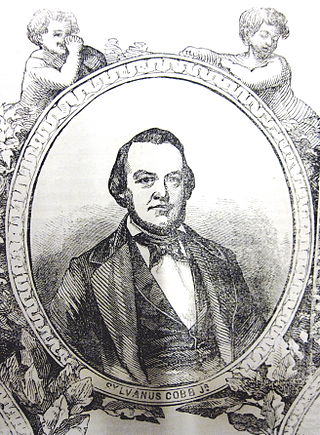
Sylvanus Cobb Jr. was an American popular fiction writer during the mid-19th century. His work was published in the New York Ledger, The Flag of Our Union, The Weekly Novelette, Gleason's Pictorial Drawing-Room Companion, and elsewhere.
Christopher Robin Nicole was a prolific British writer of over 200 novels and non-fiction books since 1957. He wrote as Christopher Nicole and also under several pseudonyms including Peter Grange, Andrew York, Robin Cade, Mark Logan, Christina Nicholson, Alison York, Leslie Arlen, Robin Nicholson, C.R. Nicholson, Daniel Adams, Simon McKay, Caroline Gray and Alan Savage. He also wrote under the pen name Max Marlow when co-authoring with his wife, fellow author Diana Bachmann.
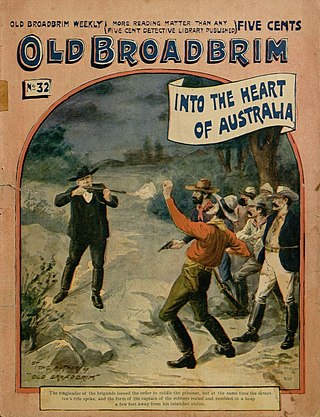
St George Henry Rathborne, who also wrote as Harrison Adams and many other names, was an American author of boys' stories and dime novels. He is believed to have produced over 330 volumes of fiction in the course of a 60-year career. He had a proclivity for and skill in producing outdoor adventure stories, and his best works fall within that category.

John Russell Coryell was an American dime novel author. He wrote under the Nicholas Carter and Bertha M. Clay house pseudonyms, and, like many of his fellow dime novelists under many other pseudonyms, including Tyman Currio, Lillian R. Drayton, Julia Edwards, Geraldine Fleming, Margaret Grant, Barbara Howard, Harry Dubois Milman, Milton Quarterly, and Lucy May Russell.
Ticket to a Crime is a 1934 American mystery film directed by Lewis D. Collins and starring Ralph Graves, Lois Wilson and Lola Lane. A private detective and his assistant solve a murder at a country club.












